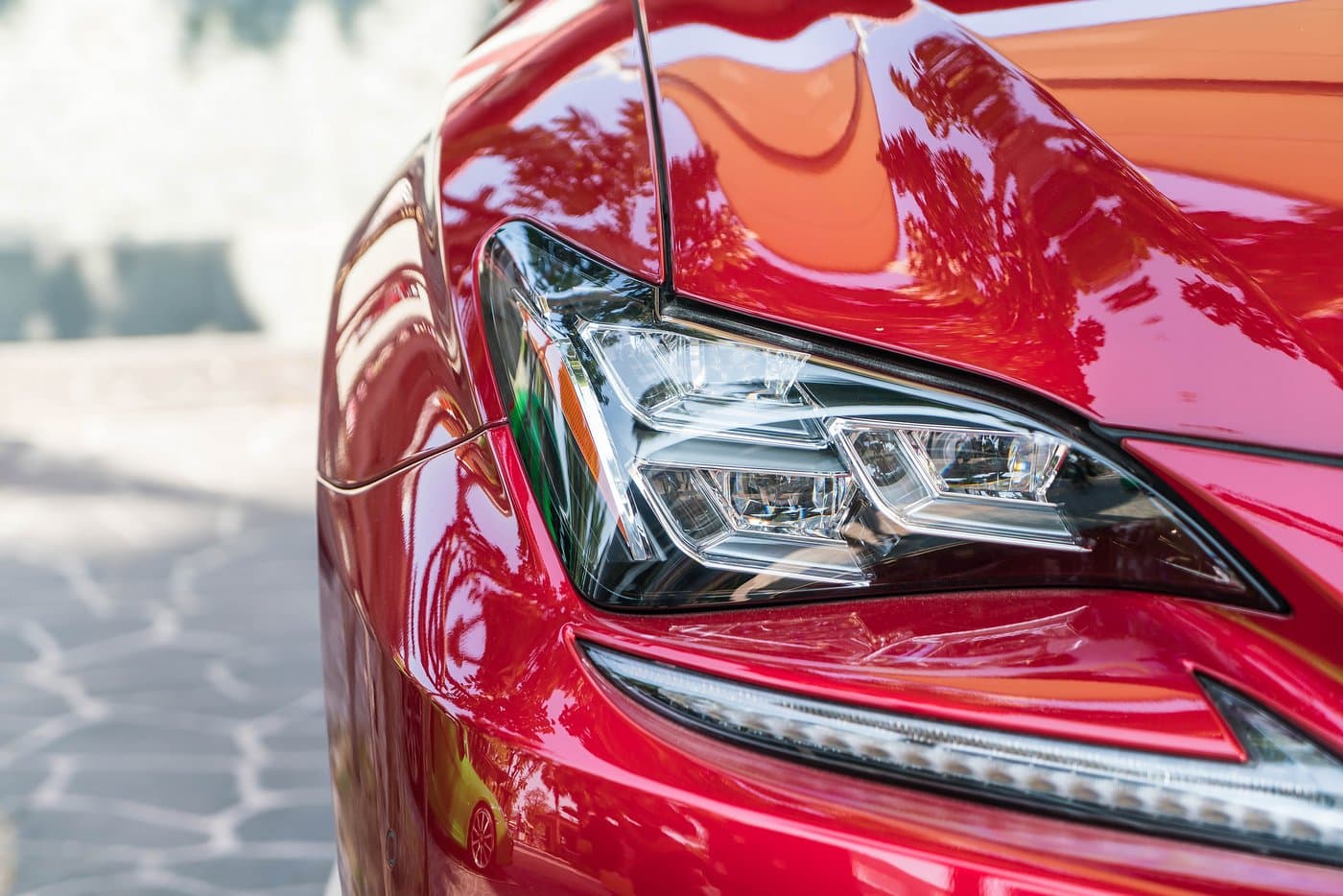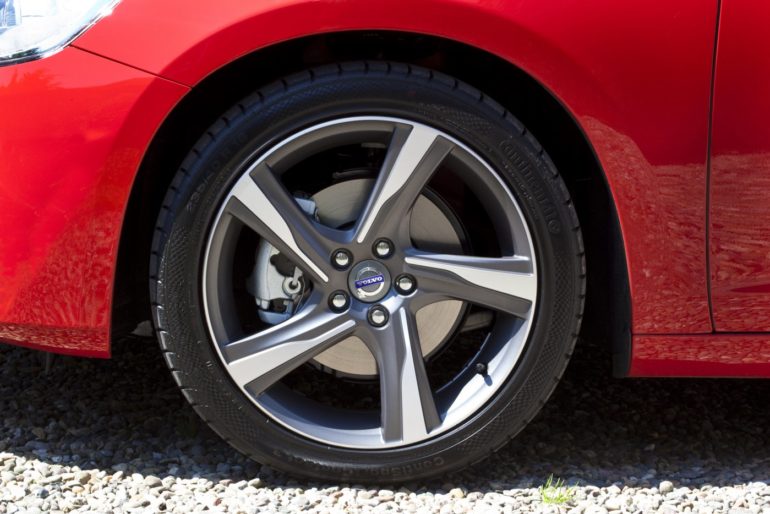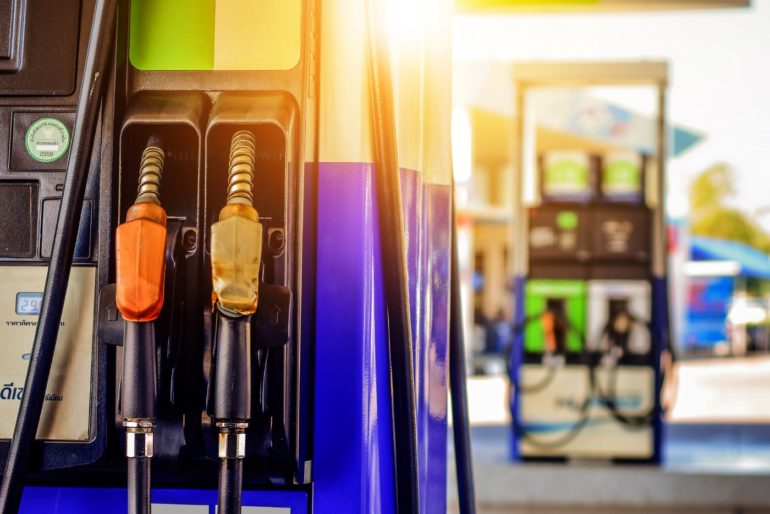Why should you wax your car?
Why should you wax a car? If you don’t drive a hot rod or a Ferrari or something, should you even bother? Does it do anything other than make a car shiny?
Rise and shine
There’s nothing more iconic than the image of a guy waxing and polishing his car for hours on a Sunday afternoon in the shade of the trees in the front yard.
Of course, there’s a difference between your neighbor lovingly spending hours on his vintage muscle car and the amount of upkeep you’re willing to do on your daily driven Honda. So this begs the question — why wax?
More than just a pretty face
Yes, putting a coat of wax onto your car makes it shiny and pretty. “Bah, I don’t care about that.”
Okay, fine. The thing is, wax does a lot more than just make your car look good. Think of a good coat of wax like you would wearing an apron while cooking. Sure, you can wash tomato stains out of your shirts and pants, but life is far easier if the sacrificial apron falls on the stain grenade for you.
Wax is rather similar — think of it as another protective layer on top of the finish on your car.
When that pigeon, who has been eating out of the McDonald’s dumpster all day decides to let loose, would you rather that land directly on your paint, or would you like a little forcefield between his acidic present and your second-largest investment?
And not only does wax keep dirt, grime, bug guts, tar, and other road nastiness from getting directly on your paint, it makes it easier to remove it too — wax is slippery! Of course, it also offers some protection from the sun, as well as preventing those ugly water spots when it rains, and offering a bit of minor scratch protection as well.

Wax on, wax off
“Okay, fine. You convinced me. So what do I do?”
If you do decide to go ahead with waxing your car, how you do it really depends on how anal-retentive you feel like being. You can go anywhere from a quick hand wash and wax, which shouldn’t take most people much more than 90 minutes or so, to a full-blown 5-step process that car care product giant Meguiar’s suggests.
This includes washing, cleaning contaminants off of the paint with a clay bar, polishing the paint to remove scratches and swirl marks, waxing, and maintaining the finish.
Being a car guy, and owning a fairly decent car, I go through the anal-retentive procedure once a year, reapplying wax every few months throughout the rest of the year.
For the average car owner who just wants to keep things protected, waxing 2 to 4 times a year is a pretty good schedule — depending on your environment, climate, and type of wax you use.
If you live in the deserts of Arizona, with blinding sun and blowing sand, you’re looking more at the four times a year end of things, for example. If you live in a more moderate climate and use a synthetic based wax, you can probably get away with 1 to 2 times a year.
If you prefer the classic look and feel of carnauba wax, a natural wax that comes from the leaves of the palm Copernicia prunifera – known for it’s deep gloss and soft feel, expect to apply it around 4 times a year, as it’s less durable than synthetics.
The finishing touch
Obviously, this is a rather simple primer — there are entire online forums dedicated to the topic of maintaining automotive finishes, and endless debates over which products and processes are best.
What isn’t up for debate, however, is that spending about three hours a year waxing your car is a good way to protect its finish, its value, and yeah — keep it looking good.







